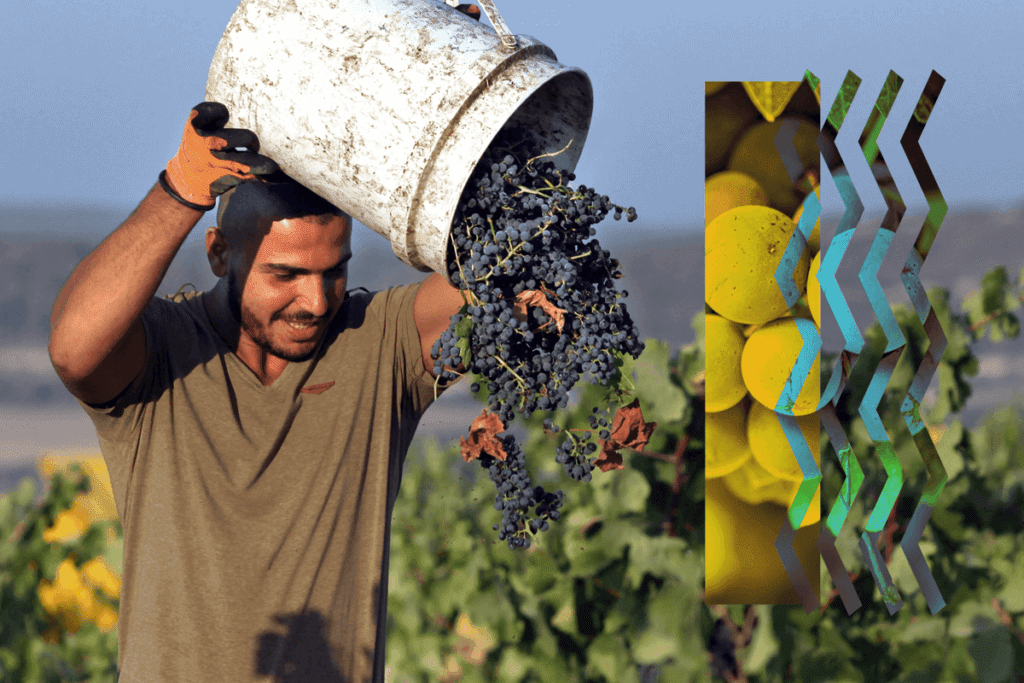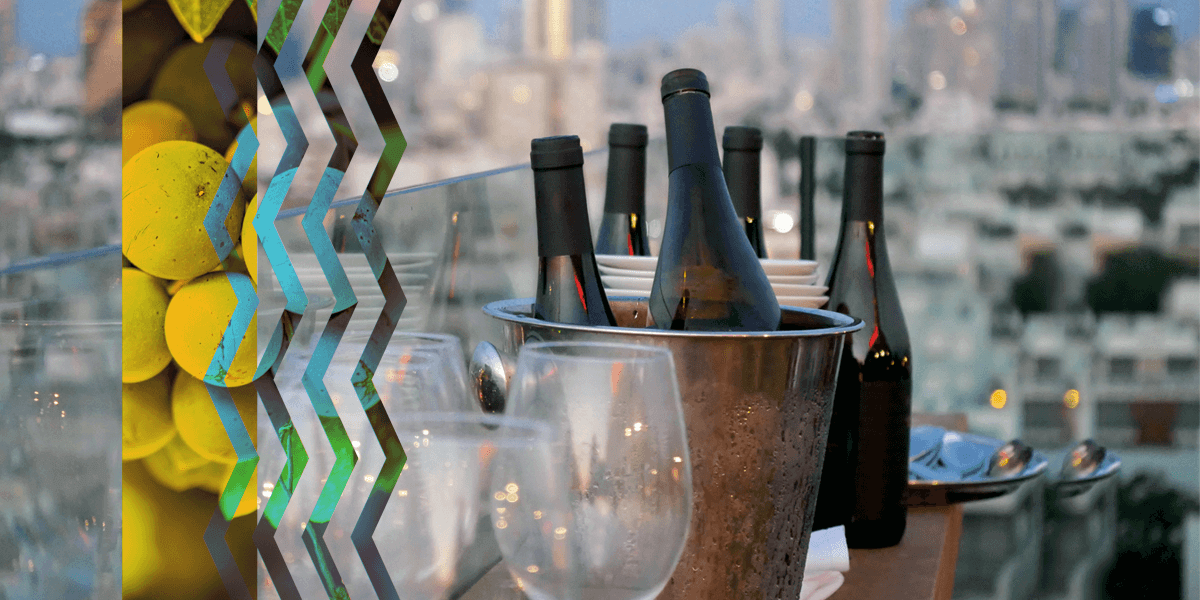by Sandy Block, Master of Wine
A radical gulf separates the U.S. market’s outdated perception of Israeli wine from the outstanding quality that much of the country’s industry is now laser-focused on producing. Put simply, wine from the land of Israel remains virtually invisible in the U.S., outside of a relatively small segment of Kosher-oriented consumers. My recent experience visiting the country’s viticultural regions and assessing hundreds of wines, however, has convinced me that, despite their general lack of familiarity, there are many Israeli wines capable of electrifying the palates of discerning American wine consumers. Surrounded by hostile states, beset by terrorism and existential threats, telling the story of recent strides its wine industry has made must rank low on the list of Israel’s national priorities.
Awareness generally lags behind reality, but as with other nations now making authentic, distinctive terroir-driven wines (Greece and Portugal come to mind) Israel is still developing a well-defined quality image, even among the community of wine insiders. Discovering how wonderful many of its wines taste came as somewhat of a surprise, although perhaps it shouldn’t have, since the country has so many of the right ingredients: high elevations, sunny dry conditions and rocky soils, including extensive volcanic, Terra Rosa, and chalky limestone-rich clay formations. And like many other nations whose fine wine industries barely existed even 25 years ago (such as Chile, Argentina, and New Zealand), the incredible pace at which Israel has made progress in recent decades means that its wines are now worthy of a place at the international table. As knowledge of these advances grows, Israeli wine will in all likelihood continue to distance itself from the Kosher commodity category. As to attaining fashionability, that’s a problematic and largely unpredictable process. To me, we know wines have come into fashion when consumers seek them out, even though they’re unable to explain exactly why. It’s a mysterious attraction to something in the air, something they may have heard or read. They visit a restaurant or store and find themselves drawn to certain categories. They may not be fully aware of the story, but there’s something intriguing them. Israel is nowhere close to this point yet, in part because only a minuscule number of restaurants or stores have an Israeli category to be drawn to. This is an industry, though, where trends start slowly, develop, and then sometimes accelerate very fast.

Overall, my sense is that the country’s reds are of greater interest than its whites (with some notable exceptions). The more fruit extracted, richer “New World style” reds succeed more and have a better opportunity to impact the U.S. market than many of the more “European” inspired wines, although here, too, there are notable exceptions. There is a relative abundance of fine Syrah, Carignan, Cabernet Sauvignon (now Israel’s most widely grown variety), Cabernet Franc, and Petite Verdot, much of it yet to be exported to the U.S. Red grapes are the vast majority of those planted (75 to 80 percent). Some of the most interesting wines were blends of red Bordeaux varietals, or a combination of Rhone and Bordeaux grapes, as experimentation abounds. The irony is that these are still early days for the Israeli fine wine industry, which is in the process of defining its identity as a producer of Mediterranean wine. Ironic because, despite a hiatus of 125O years when Israel was under Muslim rule, it was already a “fine wine” producer, at least in the ancient context, 25OO years ago when the Romans shipped Israeli wine throughout their Empire.
In the Torah, wine is mentioned 127 times, and references to vineyards appear 99 times. The first mention of it describes Noah, a man of the soil, who planted a vineyard. When he drank some of its wine, he became drunk and lay uncovered inside his tent: Genesis 9:21. Admonitions abound against the loss of judgment and self-control, which accompany drunkenness, and numerous examples are given of terrible sins committed by those who allow themselves to become intoxicated. Talmudic sources also recommend wine as an aid in developing profound insights into understanding the world, and one of the blessings that God promises the ancient Hebrews in bringing them into the land of Israel, is that it has vines. Ancient Israel is often referred to as “God’s vineyard,” and wine serves as a frequent symbol of God’s benevolence, a sign of the Covenant. Eventually it attained ritual status and became sanctified in almost all of Israel’s religious ceremonies.
Today, Israel’s vineyard acreage is only about half of what is planted in Napa Valley alone. For such a tiny country, there is, however, quite a diversity of soil types: primarily volcanic basalt in the north, Terra Rosa on the coast, chalk-like clays in the hills, and sandy clays in the south. Elevations rise quickly heading east from the Sea, with some vines planted on rocky limestone terraces at nosebleed heights of over 3000 feet, seen nowhere else in the world but Argentina. These high elevations are one key to how Israel, at such proximity to the Equator (further south even than Sicily or Greece), is capable of making fine wine. And in a region where water is scarce, Israel’s pioneering innovations in inexpensive desalination and drip irrigation have enabled its tiny fine wine industry to emerge and flourish. As one viticulturist told me, the vines are literally “drinking the Mediterranean.”
About Sandy Block, MW: A former Sommelier, Sandy Block is the first U.S. resident of the East Coast to have been certified as a Master of Wine. He is VP of Beverage for Legal Sea Foods, a family owned group of 35 restaurants based in MA, and he developed curricula for several courses that he teaches at Boston University, including an online course on The History of Wine. He is Contributing Editor at the Improper Bostonian, writes regularly for Massachusetts Beverage Business, and has traveled and lectured widely throughout the world. He is also a fiction writer who has published his work in over 40 literary journals.







